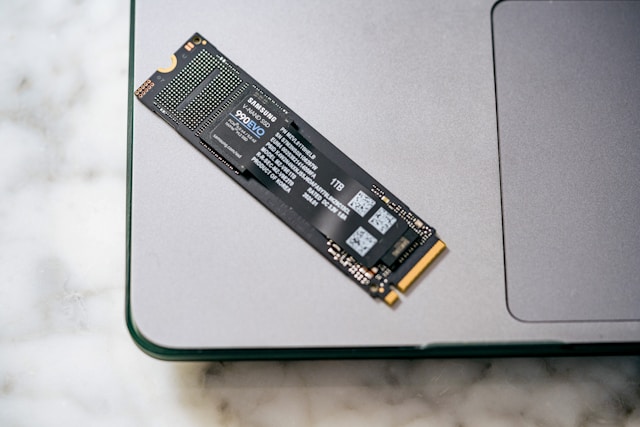Hey everyone, Alistair Finch here! Over the years, one question keeps popping up when I chat with fellow IT pros: “How do I squeeze every last drop of performance out of XenApp running on VMware ESX?” Well, it’s a valid question. Balancing the demands of application delivery with the virtualization layer can feel like a high-wire act. So, let’s dive into some tried and true methods, shall we?
Understanding the Bottlenecks… The Usual Suspects
First off, let’s talk bottlenecks. When XenApp isn’t purring along nicely on your ESX environment, it’s usually one of a few culprits. We’re talking CPU contention, memory pressure, storage I/O bottlenecks, and network congestion. These gremlins can manifest in various ways – sluggish application response, session disconnects, or even outright crashes.
How do you spot them? Performance monitoring is your friend! Tools like vCenter’s performance charts, ESXTOP, and even Citrix’s own monitoring dashboards are invaluable. Keep an eye on key metrics like CPU utilization (RDY%), memory ballooning (granted vs. consumed), disk latency, and network throughput. For ESXTOP readings, keep a close eye on RDY – that’s a biggie!
Quick story: I once worked with a client who had screaming users complaining about slow application performance. Turned out, they had massively over-allocated CPU resources, leading to constant context switching and killing performance. Simple fix, but took a bit of digging to uncover!
VMware ESX Configuration: Tweaking for Speed
Alright, now let’s get our hands dirty with some ESX configuration. These are the tweaks that can really make a difference.
- CPU: While ESXi can handle CPU overcommitment, don’t go overboard! Start with a reasonable vCPU-to-physical core ratio (maybe 2:1 or 3:1) and monitor closely. VMware says that ESXi allows significant levels of CPU overcommitment without impacting performance, but keep an eye on those metrics.
- Memory: This is a big one! VMware allows overallocation of memory, but RAM is king! Don’t over-allocate RAM to your VMs. It reduces memory sharing between guests and can lead to performance degradation.
- Storage: Use high-performance storage. Choose appropriate RAID levels (RAID 10 is generally a good bet for performance), and consider using SSDs for your XenApp VMs.
- Networking: Use the VMXNET3 virtual network adapter. This adapter offers better performance and features compared to older adapters. Also, make sure your network infrastructure is up to snuff. Consider using jumbo frames to reduce overhead.
XenApp Optimization Techniques: Squeezing More Juice
Next up, let’s look at some XenApp-specific optimizations.
- Session Management: Configure session pre-launch and session linger to improve application launch times.
- Profile Management: Use a robust profile management solution to minimize profile bloat and ensure consistent user experience. Citrix Profile Management is a solid choice.
- Application Delivery: Streamline application delivery using App-V or Citrix Provisioning Services (PVS). Especially for PVS, make sure you’re leveraging Hyper-V for vDisk offline maintenance – makes life so much easier!
- HDX Technology: Citrix HDX is your friend! Optimize your HDX policies for your specific network conditions.
Monitoring and Maintenance: Staying Ahead of the Game
Optimization isn’t a one-time thing, folks! Ongoing monitoring and maintenance are crucial for sustained performance. Keep a close eye on your key metrics, and proactively address any issues before they impact users.
Tools like Citrix Director, VMware vRealize Operations, and even good ol’ PowerShell scripts can help you automate monitoring and reporting. Set up alerts for critical thresholds, and regularly review your performance data to identify trends and potential problems. I find that setting up alerts for high CPU usage, disk latency, and network errors can save you a headache down the road.
Wrapping Up (for Now!)
So, there you have it – a quick rundown of my thoughts on optimizing XenApp performance on VMware ESX. Remember, it’s all about understanding your environment, identifying the bottlenecks, and tweaking the right knobs. Don’t be afraid to experiment and test different configurations to find what works best for your specific needs. And don’t forget the old saying that says that a key to optimizing performance is to NOT over-allocate RAM, which will reduce memory sharing between guests.
Hope this helps! Let me know your thoughts and experiences in the comments below. Always eager to learn from you all! Until next time!
Cheers,
Alistair Finch








